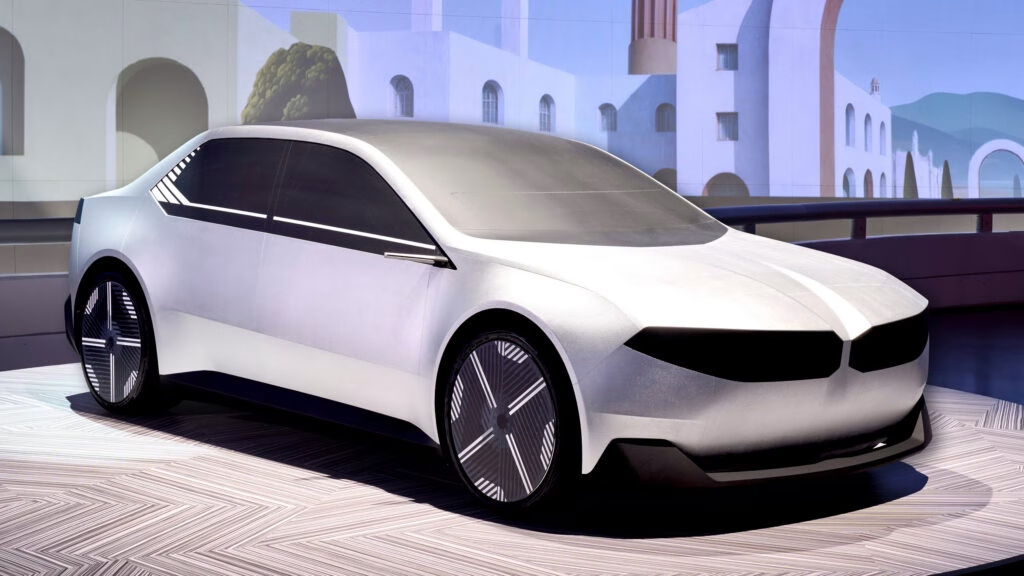AESC, a key player in the electric vehicle (EV) battery market, has recently hit the brakes on its ambitious $1.6 billion battery plant project in South Carolina. This decision comes as a surprise to many, especially since the facility was poised to supply BMW with batteries for its upcoming electric models, including the much-anticipated Neue Klasse Vision concepts. So, what’s behind this sudden halt, and what does it mean for the future of EV manufacturing in the U.S.?
### Why Did AESC Pause Construction?
The primary reason for AESC’s construction pause is economic uncertainty, particularly surrounding federal policies and tariff implications. In a memo to employees, Knudt Flor, AESC’s chief executive for the U.S. and Europe, expressed concerns about the current market landscape. He noted that while the physical structures of the plant are nearly complete, the installation of equipment and assembly lines has been put on hold until there’s more stability in the market.
### The Impact of Tariffs on Manufacturing
Tariffs have become a significant factor reshaping the automotive landscape. While they were initially intended to encourage domestic manufacturing, they’ve also led to rising costs and complicated supply chains. AESC faces hefty tariffs if it imports machinery from China, which is a critical step in getting the plant operational. Additionally, tariffs on steel and aluminum further complicate matters, potentially inflating costs and delaying production timelines.
This situation highlights a broader trend where economic policies can have far-reaching effects on manufacturing decisions. For instance, while former President Trump’s trade policies nudged some automakers to build more vehicles in the U.S., they also contributed to rising car prices and uncertainty in the global auto market.
### What Does This Mean for Jobs and the EV Market?
The South Carolina plant was expected to create around 1,600 jobs, a significant boost for the local economy. AESC has already invested over $1 billion into the facility, and there’s hope that construction can resume once the economic climate stabilizes. The company has reassured stakeholders that it remains committed to its investment and job creation goals.
However, the timing of this pause raises questions about the future of EV manufacturing in the U.S. As the Biden administration has pushed for substantial investments in the EV sector—over $130 billion through the Inflation Reduction Act—Republican lawmakers are now proposing to cut some of these subsidies. This political tug-of-war could further complicate the landscape for companies like AESC, which are navigating a maze of regulations and economic pressures.
### Looking Ahead: The Future of EV Manufacturing
The EV market is at a critical juncture. With consumer interest in electric vehicles fluctuating—recent studies indicate that support for EVs in America is declining—manufacturers must adapt quickly to changing conditions. AESC’s situation serves as a cautionary tale about the vulnerabilities in the supply chain and the impact of political decisions on business operations.
As the industry evolves, companies will need to find innovative solutions to mitigate risks associated with tariffs and economic uncertainty. This might include diversifying supply chains, investing in domestic manufacturing capabilities, or exploring partnerships that can help navigate the complex regulatory environment.
The big takeaway? The future of EV manufacturing isn’t just about building plants; it’s about navigating a landscape filled with economic and political challenges. Start with one change this week, whether it’s advocating for clearer policies or exploring local supply options, and you’ll likely spot the difference by month’s end.

